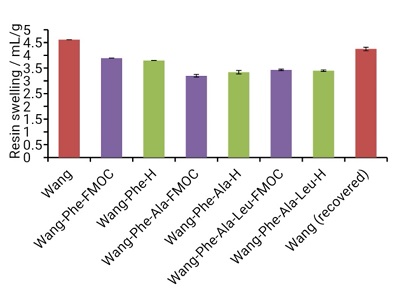York Chemistry undergraduates publish world-leading research paper
Work carried out by eight University of York Chemistry undergraduates results in a major publication in an international open access chemistry journal.

The students, led by Professor Michael North and Dr Anne Routledge, investigated how physical and chemical characteristics associated with polymeric resins affect their ability to interact with 15 sustainable solvents. The work has been published in open access chemistry journal, ChemistryOpen (2020, 9, 431–441).
Understanding how polymers interact with solvents - especially with new, environmentally friendly and sustainable solvents - is a major challenge, with applications to areas as diverse as pharmaceutical synthesis, polymer synthesis, graffiti removal and plastic recycling.
The complex 3D structure of polymers makes this a challenging area to study. The results of the students’ work indicated that the chemical properties of the polymer had a larger influence on the solvent interaction than the physical properties. This is particularly important for the solid phase multi-step synthesis of pharmaceuticals (eg antiviral drugs) because the chemical properties of the polymer change as the synthesis proceeds. In particular, the results show that the optimal solvent may be different for each step of the synthesis. However, by understanding how the solvents and polymer interact, it becomes possible to choose a single solvent (or solvent mixture) which performs well for every step of the synthesis.
The students involved were Chidi Amadi-Kamalu, Holly Clarke, Matthew McRobie, James Mortimer, Dani Sibbald, Matthew Tickias, Kai Tse, Helen Willway and Yanrui Ran; they carried out the work for various projects, such as the BSc group project, the Year 4 MChem project and summer student projects. Yanui Ran was the only postgraduate student (MSc) who worked on the paper. In addition to contributing to the research, the students gained experience in working as a team and statistically analysing their experimental results for reproducibility.

Professor Michael North said: “This work is an example of how the University of York chemistry degrees encourage the embedding of cutting edge research into the undergraduate curriculum. It is by no means unique, but is unusual in having involved such a large number of undergraduates and only one postgraduate student.”
The research is published in ChemistryOpen 2020, 9, 431–441